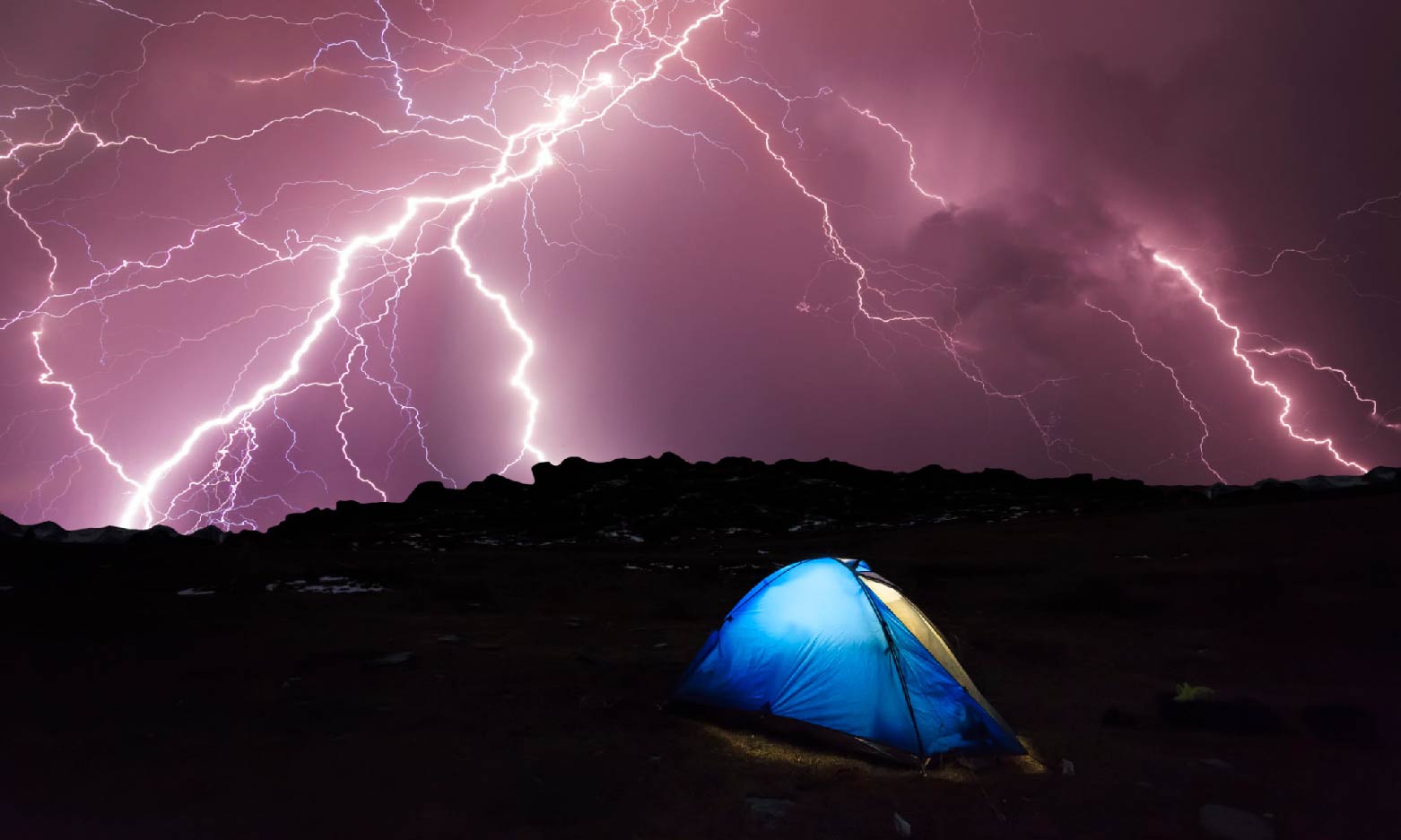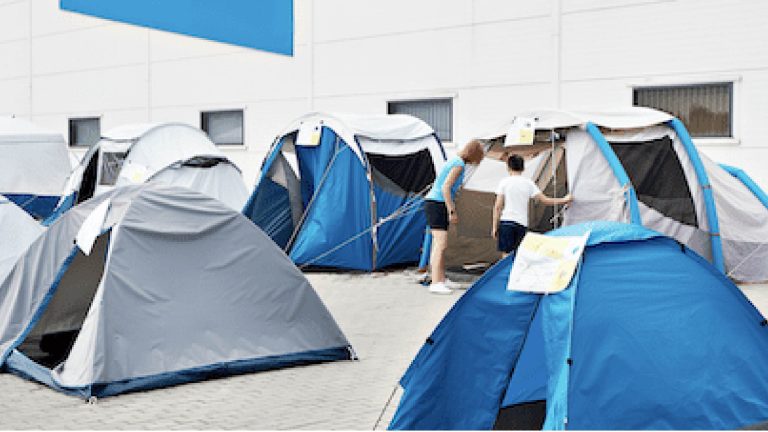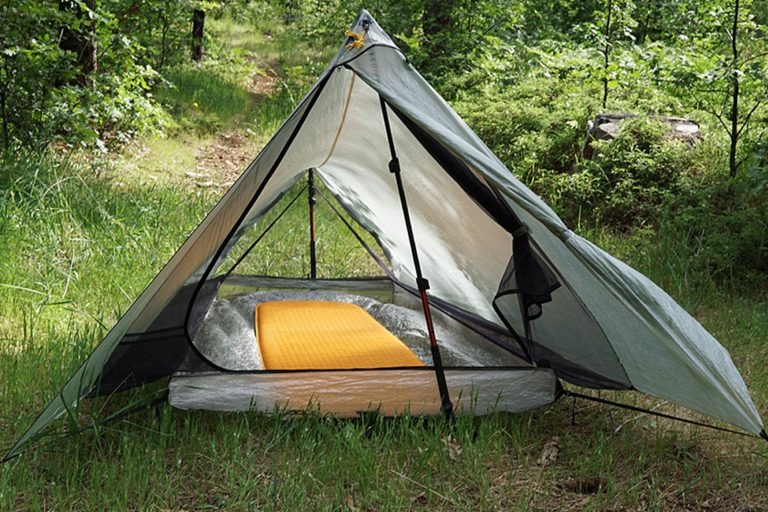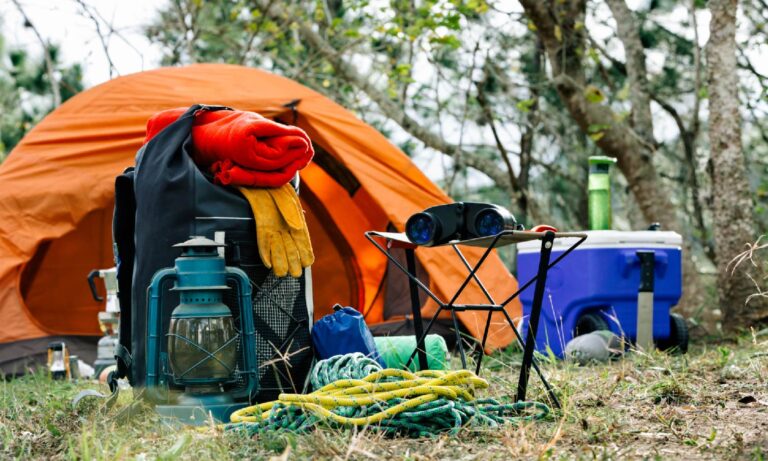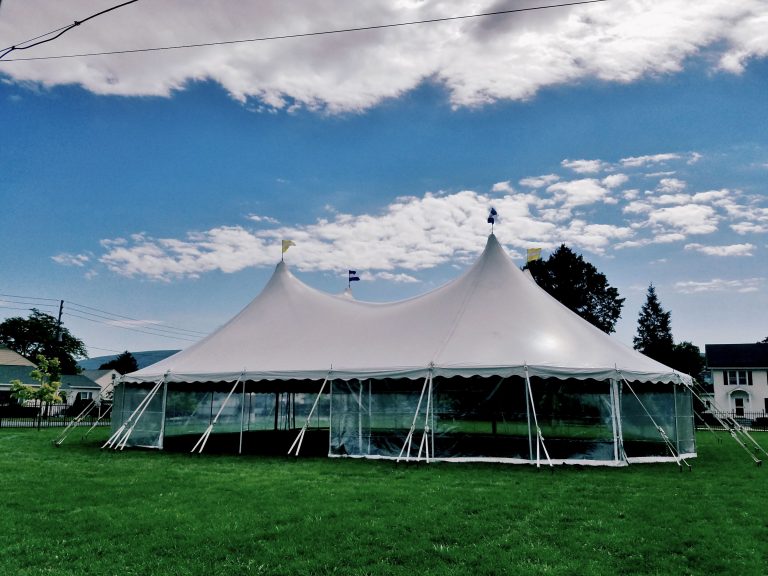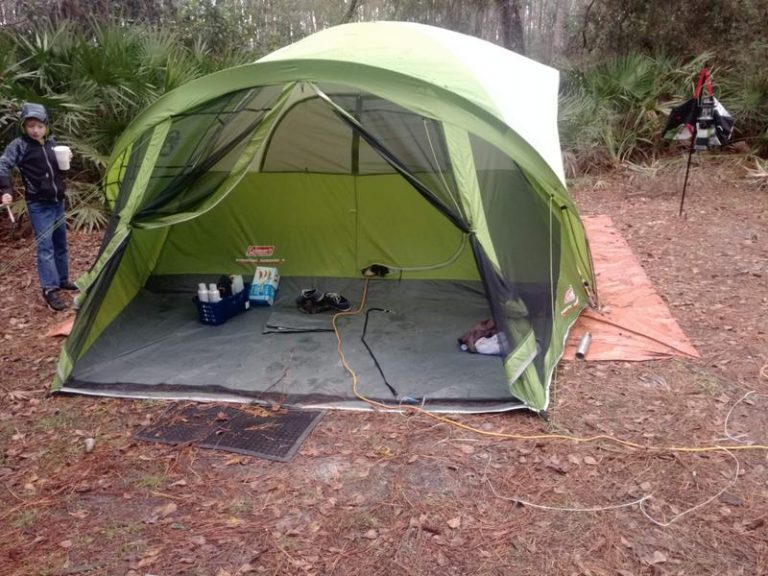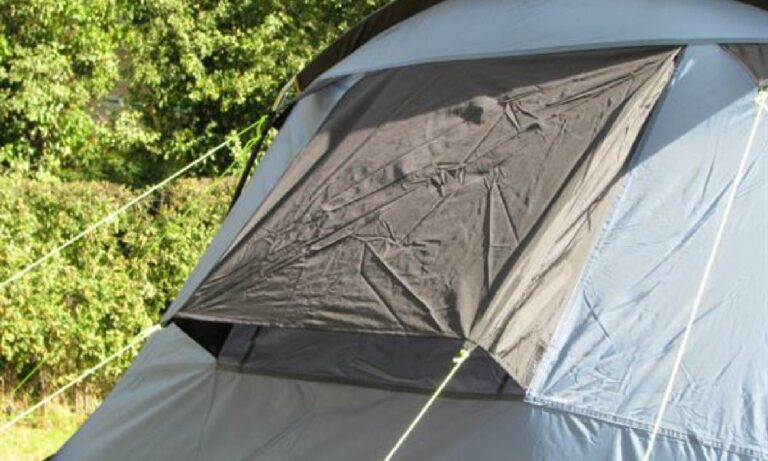Camping in a Storm: Tips on How to Survive and What to Keep in Mind
Camping is always enjoyable when the weather is favorable. Weather is a massive factor in camping, as it is challenging to camp out in nature when it’s raining or there is a storm. However, weather can be unpredictable even if you check the weather forecast.
Every veteran camping enthusiast most likely faced a situation where the weather was not favorable even if they checked the forecast. Preparing yourself for unpredictable weather is essential so you can seamlessly handle the situation.
Let’s look deeper and explore a few handy tips for camping in a storm.
Table of Contents
Things to Keep in Mind While Camping in a Storm
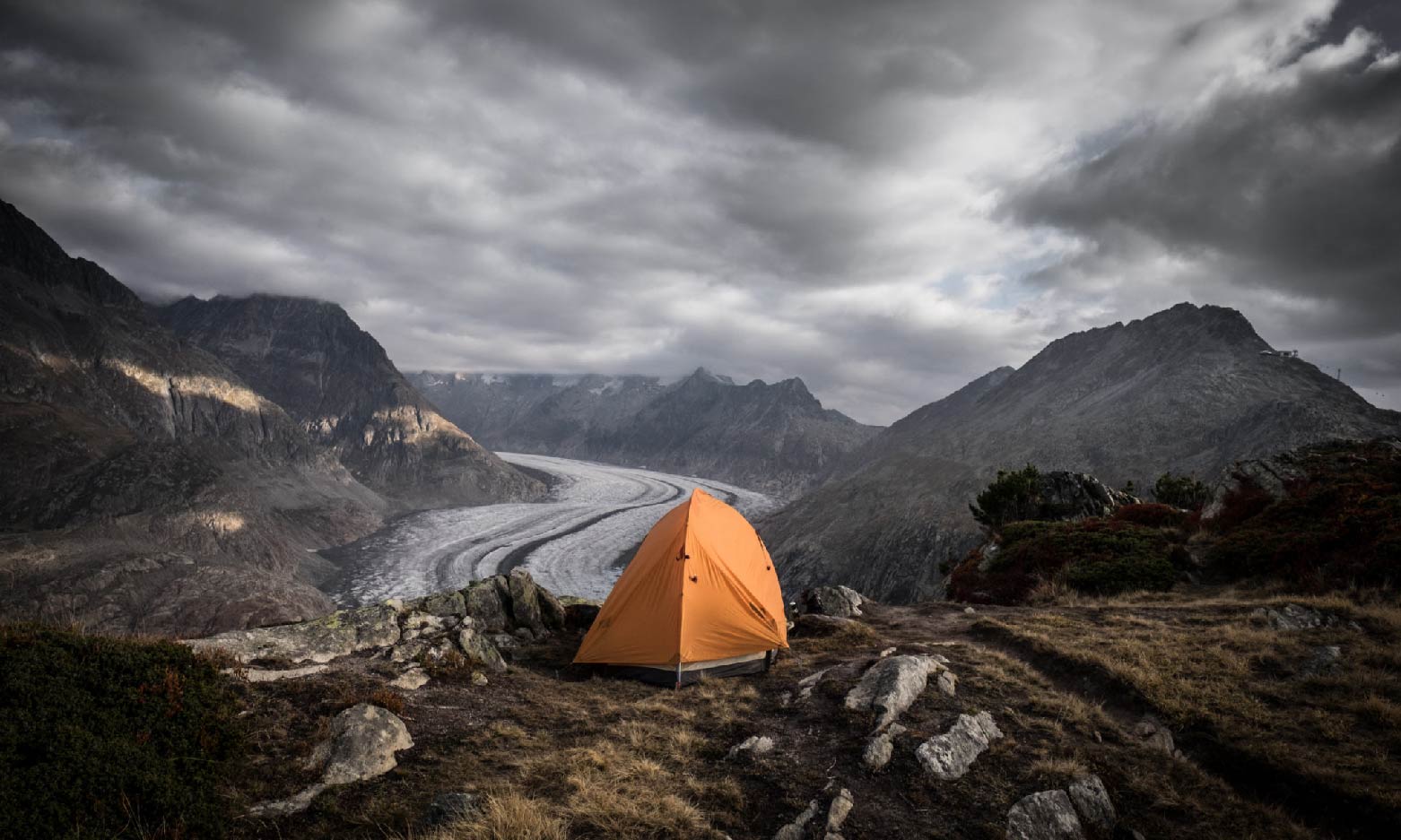
Weather is unpredictable, but it is essential to check the forecast and plan accordingly. While camping in the backcountry, it is not unusual to have random storms or flash floods due to rain storms. Here are some things you need to keep in mind to be mentally prepared when a storm is approaching during your camping trip.
-
Your Tent Cannot Shelter you from a Heavy Storm or Lightning
When you have an extended camping trip, sometimes you may face harsh weather conditions. It is essential to keep in mind that your Tent may not entirely keep you safe while camping in a storm. Heavy wind can sometimes tress to fall off if you are stuck in the middle of a storm. Tents can’t withstand any heavy debris falling on them. Moreover, tents also don’t shelter you from lightning. Hence only take shelter in your Tent if you don’t have any other choices.
-
Lightning is not the Only Concern
People usually camp in isolated areas or backcountries, slightly increasing the chance of getting hit by lightning. However, that should not be your only concern. When a storm approaches, it will also bring other troubles that you must keep in mind. There can be hailstorms that can damage your Tent, significantly increasing the danger to your safety. Moreover, some mountain areas can have flash flooding, which is dangerous. Hence it is essential to choose a camping spot that eliminates disasters like mudslides and flash flooding.
-
Looking for signs of a lightning strike
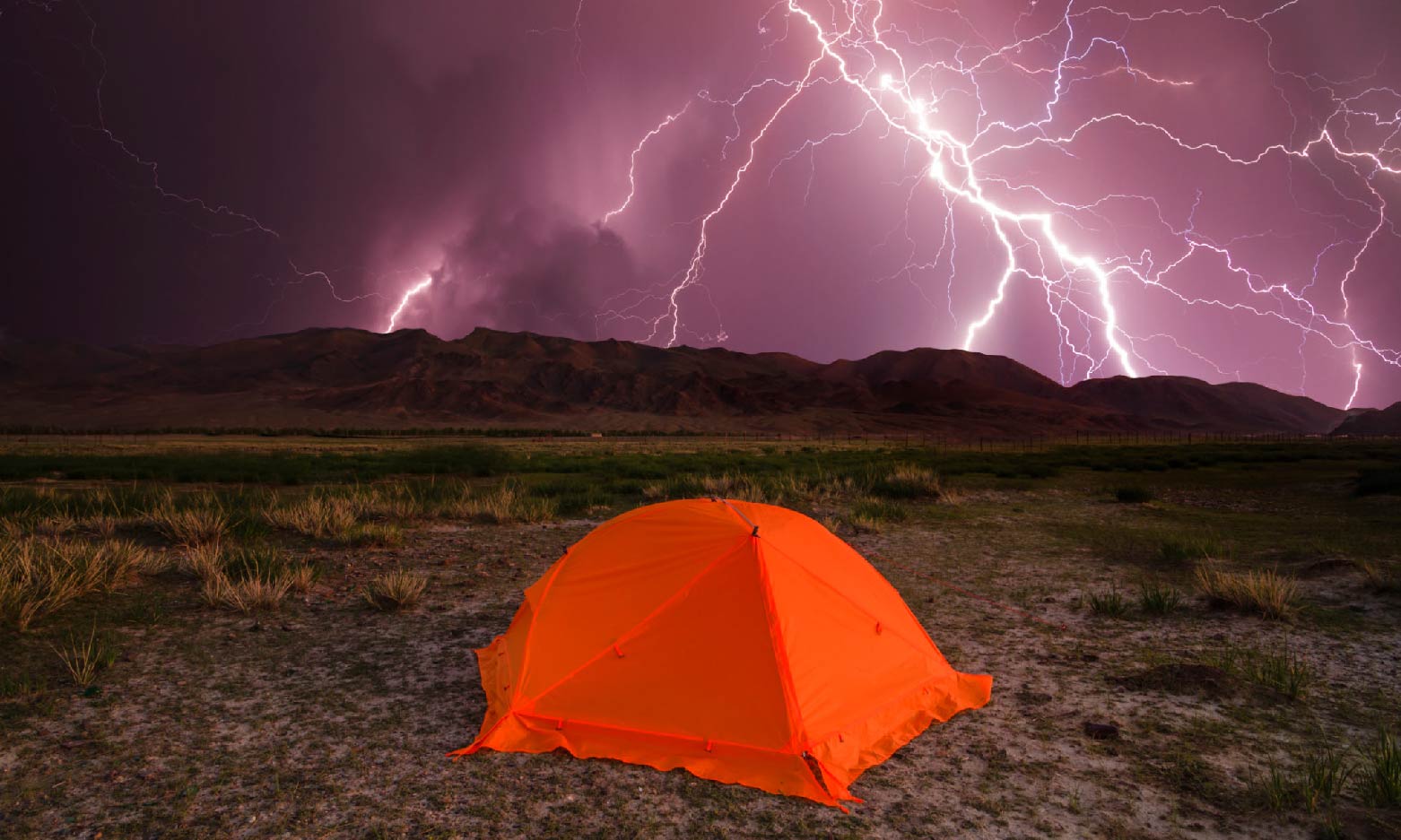
Lightning does not hit you directly; it is pretty rare. A most lightning strike is either ground current or side flash. Ground current is when lightning directly hits the ground, and the current travels up from your feet. On the other hand, a side flash is when lightning strikes an object and then travels to another object. There are few signs when lightning is about to hit, and that is when you know to take shelter. Usually, you will feel static hair during a heavy thunderstorm. It is recommended to immediately get inside your vehicle or a building nearby to take cover.
Tips for Camping in a Storm
Here are some pro tips to consider if you are camping and suddenly the weather is not favorable.
-
Take Shelter in your Vehicle Instead of your Tent

If you are camping in your car and there is a storm, taking shelter in your vehicle instead of the Tent is highly advisable. Many camping tents may have metal poles which may attract lightning strikes. Moreover, debris may fall on the Tent, which may put your safety at risk. It is better to take shelter in your car; it also minimizes any lightning strike.
-
Look for a Safe Place to Set Up your Camp
Most veteran campers advise avoiding places like mountain crests, hills, and tall trees. If you set up your Tent around trees, it may result in a side flash lightning strike. If you see a thunderstorm approaching before setting up your Tent, wait until the storm is over. In situations like that, take shelter in your vehicle, alpine hut, or a cave. Moreover, avoid metal materials like tent poles, cookware, and other metal equipment.
Setting up your Tent on a leveled, dry campsite with fewer chances of flash flooding is advisable. Also, it is crucial to ensure that your Tent is not the tallest object in the area, as it increases the chance of lightning.
-
Always Carry Plastic Tarps
It is essential to carry extra plastic tarps when camping in the backcountry. During storms or rainfall, it gets messy, and you will notice the rainwater will find its way inside your Tent. You can use a tarp under your Tent to protect it from water getting into your Tent from the bottom. Moreover, you can also put light tarps over your tents to protect them from heavy rain.
-
Make Sure to Carry a Weather Radio
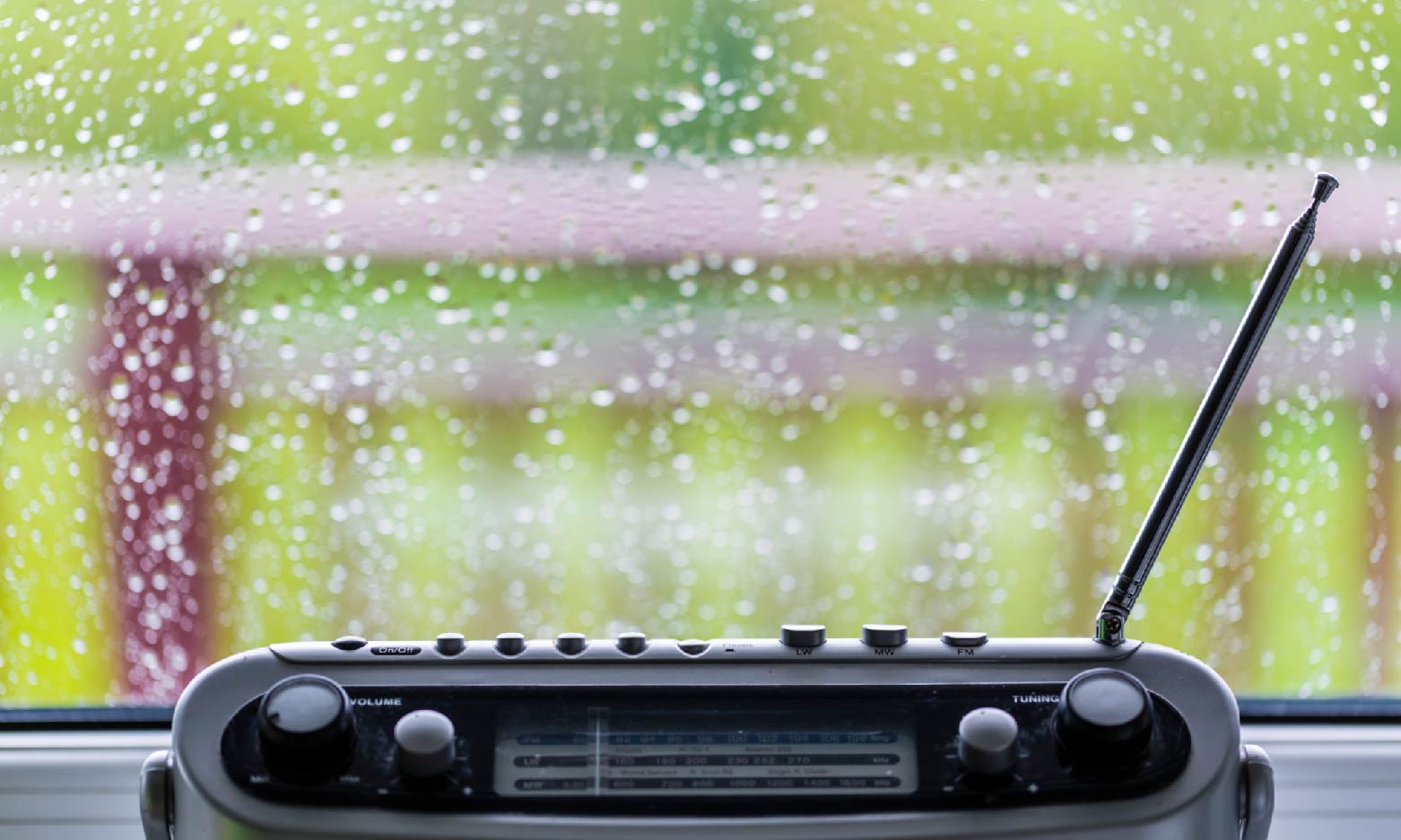
If you are going to remote areas where weather is unpredictable, you should invest in an NOAA weather report. This radio is convenient equipment to alert you about bad weather conditions. Some isolated areas may not have a proper internet connection; hence, investing in these weather radios is crucial. Once the radio starts bleeping, you can prepare yourself for a storm. Traveling in a storm is easier if you have time to prepare yourself mentally.
Conclusion
Hopefully, by now, you have an idea about camping in a storm. These pointers and tips can help to make your camping experience safer and prepare you to handle stormy situations. However, it is recommended to check weather forecasts thoroughly before going camping. Moreover, choosing a safe place for your tent placement is essential to avoid any sort of dangerous situation. Last but not least, ensure you have a good source of communication during camping.
FAQs
-
Does a camping tent attract lightning?
Tents don’t directly attract lightning. They usually get hit due to side flash lightning strikes. If the surrounding objects are smaller compared to your Tent, then the chances of getting hit by lightning.
-
Is it advisable to stay in a tent during a storm?
If you have a vehicle with you while camping, it is advisable to take shelter there instead of a tent as your Tent may have chances of getting hit by lightning.
You can also read: Camping Meals for Kids: Food They Can’t Say No to
